-
EIGRP and OSPF Metric Calculation – Path Calculation Methods
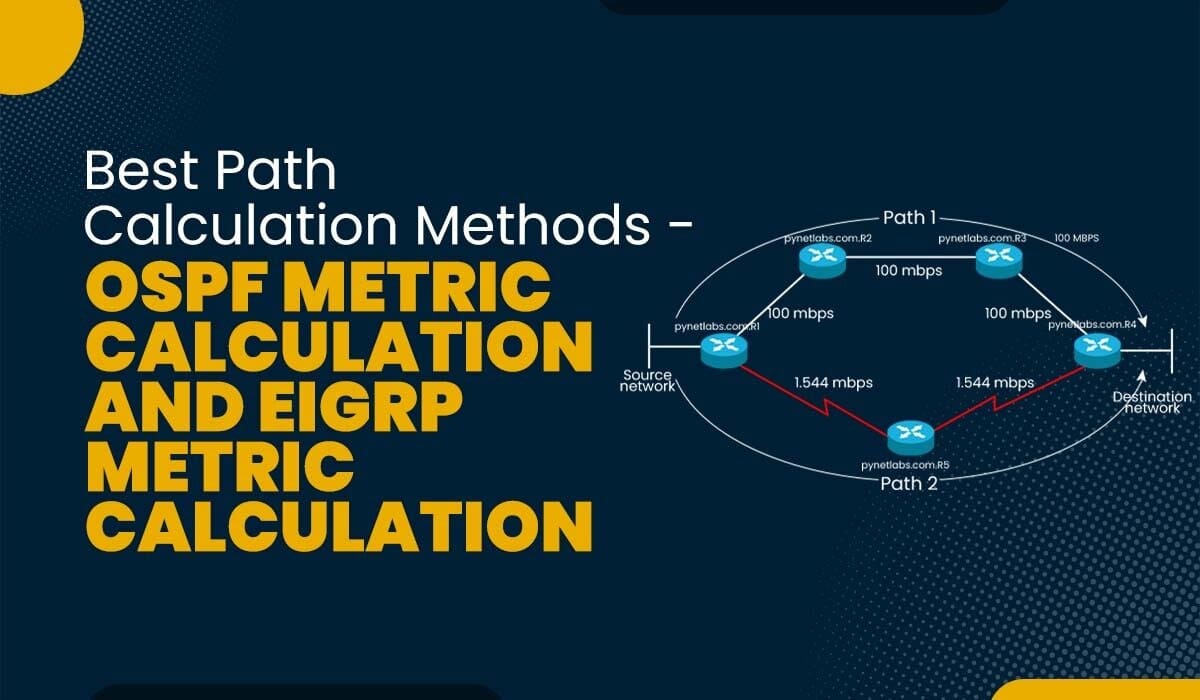
Introduction Metric calculation is a critical component for any routing protocol. OSPF metric calculation is used to find the shortest path by using cost as a metric and determining the cost of paths to know the best path to the destination. Before understanding the OSPF and EIGRP Metric calculation, you need to know that: The…
-
AAA in Networking | Authentication, Authorization, and Accounting
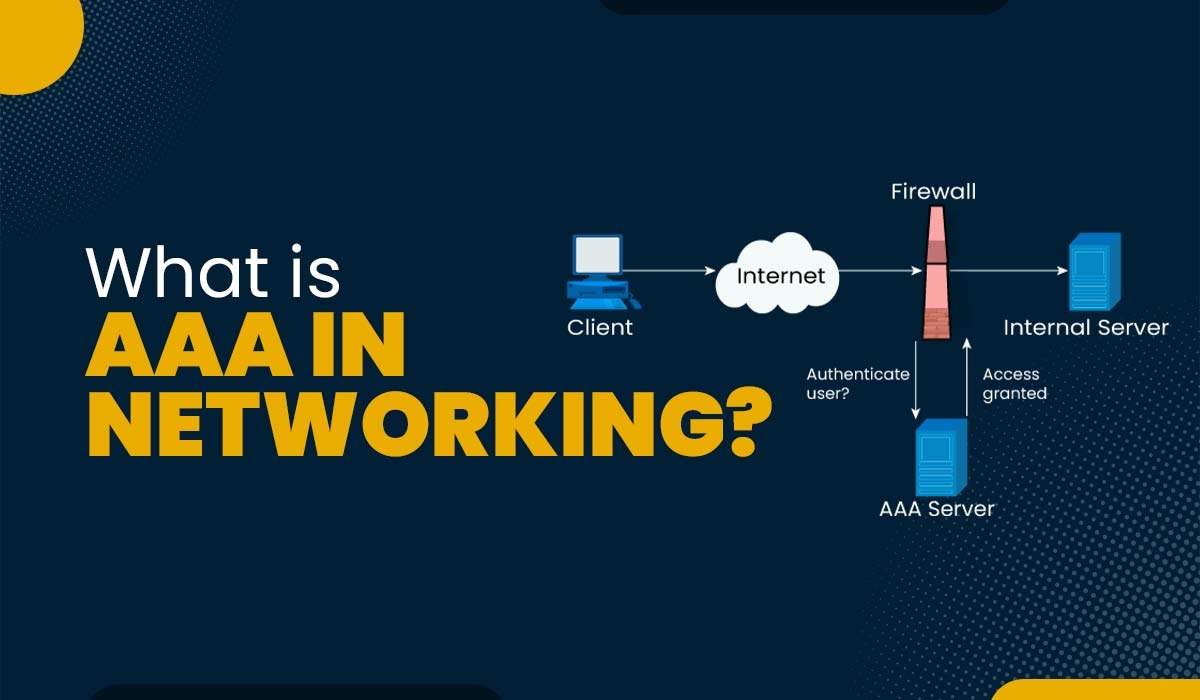
Introduction In the vast realm of networking, AAA is an acronym that frequently appears, yet its meaning and significance often remain elusive to many. If you find yourself grappling with questions like “What is AAA in networking?” or “How does it impact network security?”, then you’ve come to the right place. In this blog, we…
-
What is Access Control List (ACL) in Networking?
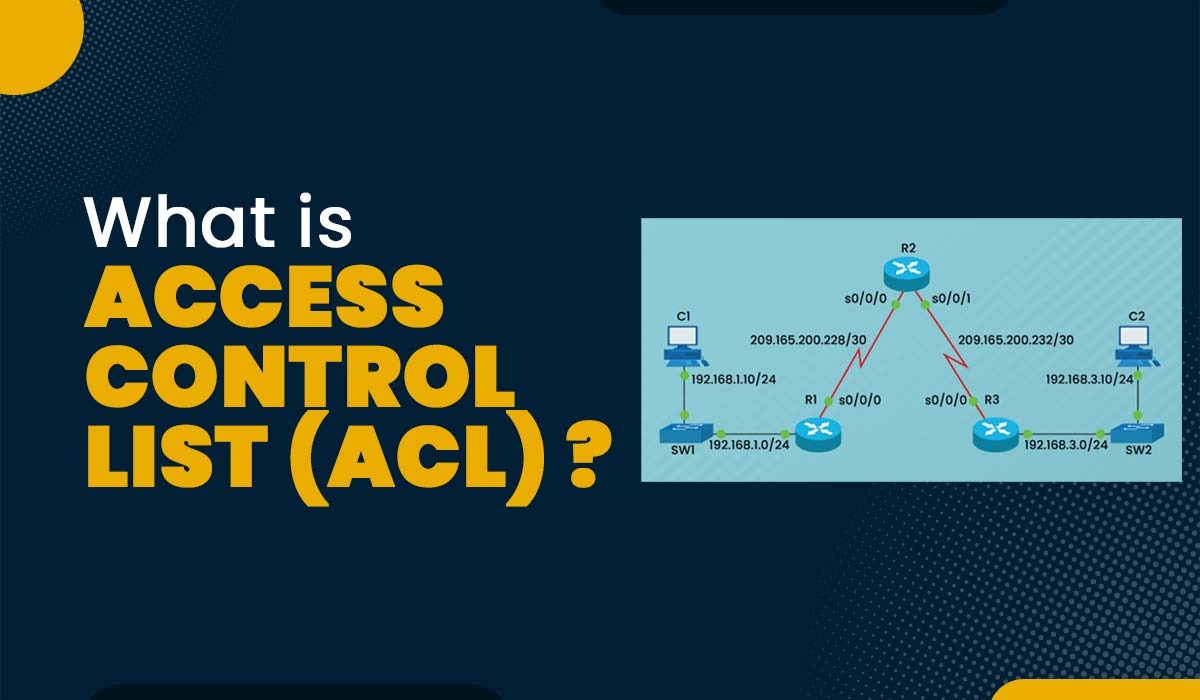
Introduction You may have heard about the Access Control List or ACL. It is used to control permissions to a computer system or network, but do you know what is Access control list? As we know, the Internet is a network of networks, and routers play a vital role in having connectivity between different networks.…
-
What is VLAN (Virtual Local Area Network) and its Types?
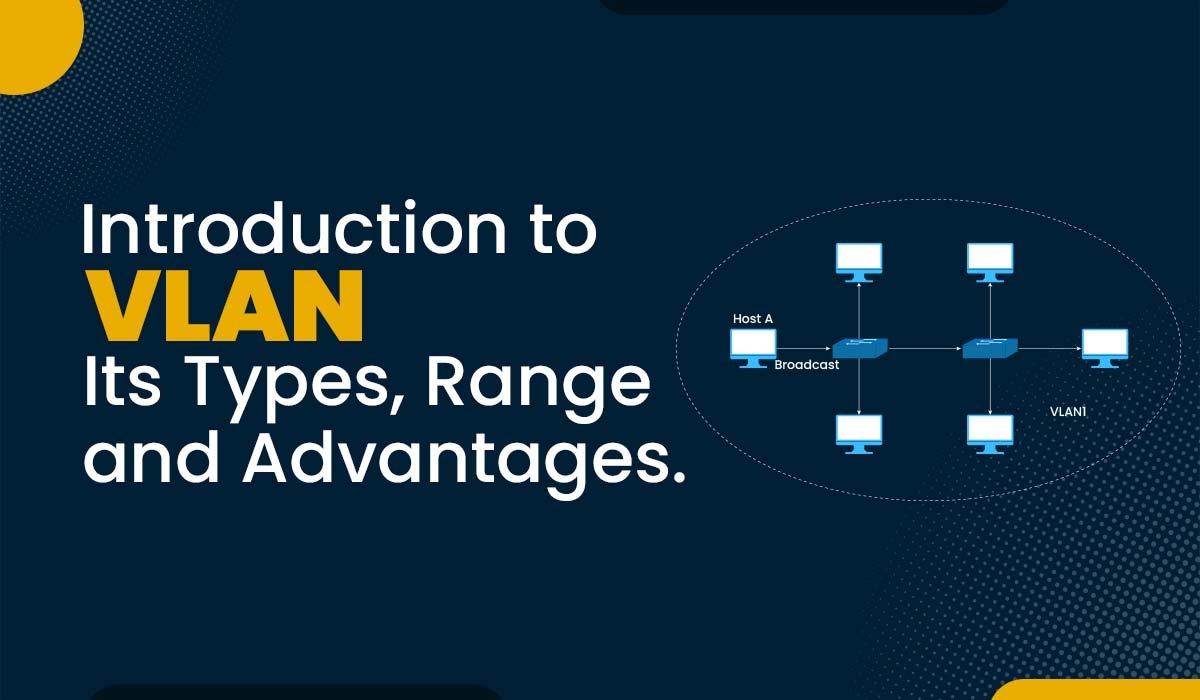
Introduction In networking, as we know, switches are used to create networks, while routers are used to connect different networks. By default, switches forward both broadcast and multicast out of every port but not the originating one. However, if you require to divide a single broadcast domain into smaller ones with security in some networks,…
-
First Hop Redundancy Protocol (FHRP) and its Types
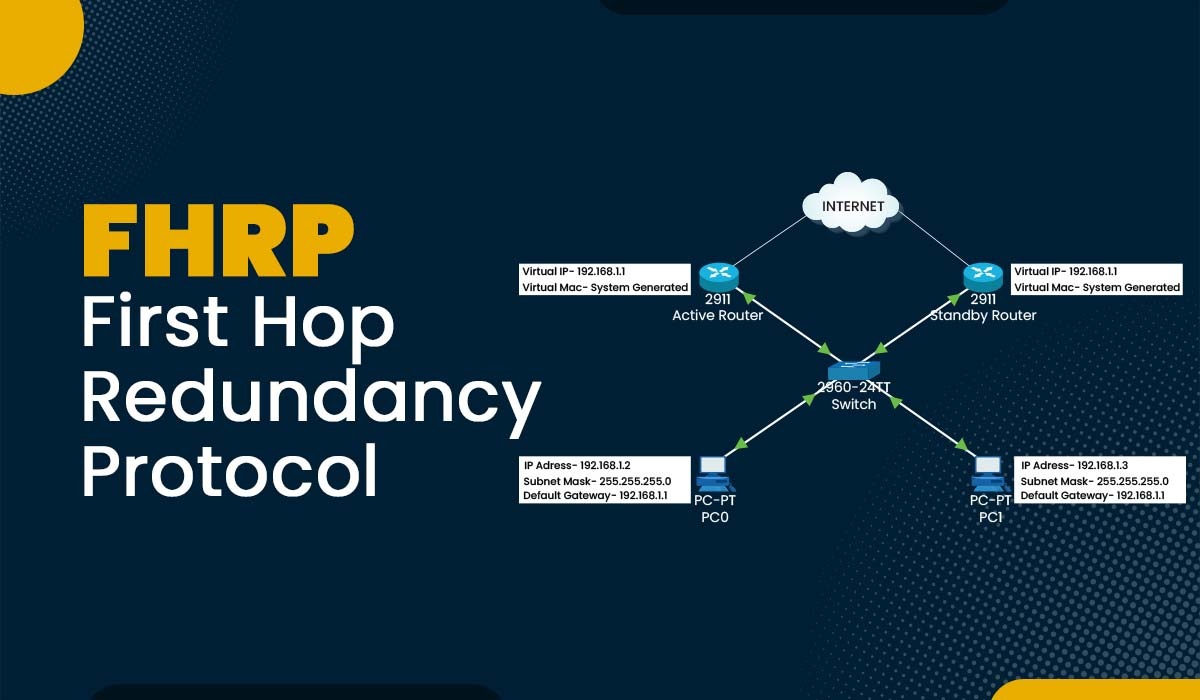
Introduction In order to protect their networks against complete breakdown, businesses use a number of different protocols. First Hop Redundancy Protocol (FHRP) is one such protocol, and it uses a virtual default gateway to provide nearly uninterrupted network availability for businesses. FHRP allows multiple routers to act as a backup for each other in case…
-
What is Quality of Service (QoS) in Networking?
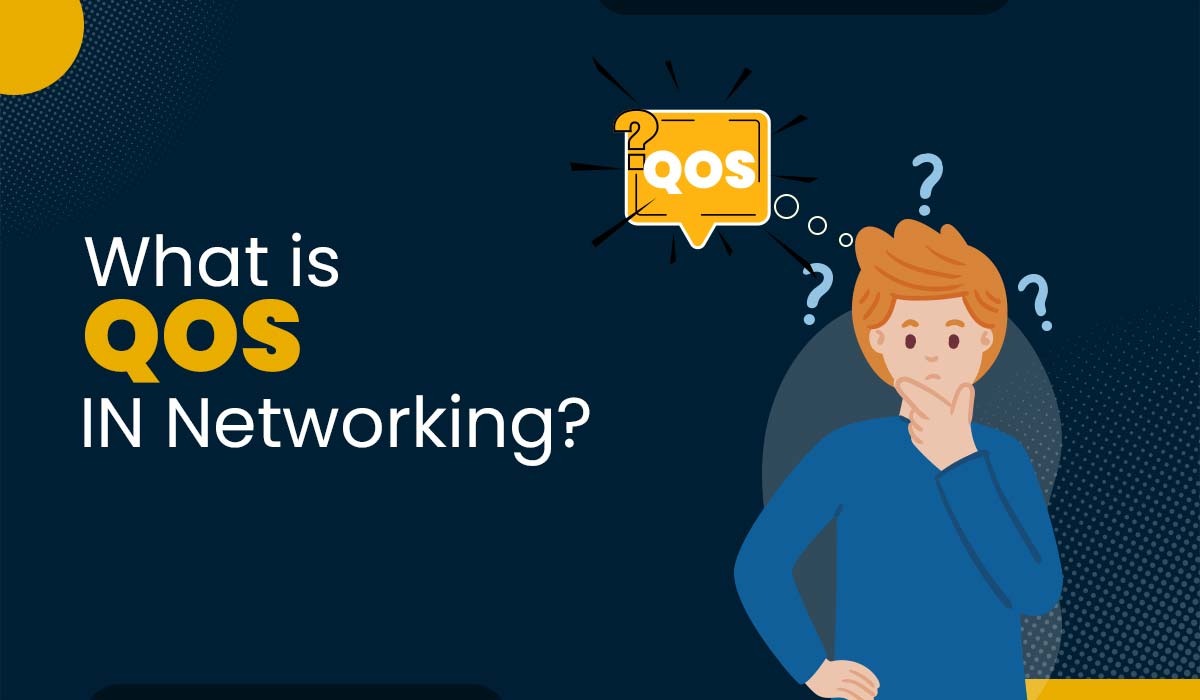
Enterprise networks must offer dependable and quantifiable services to enable the transmission of delay-sensitive data, voice, and video. So, QoS is employed by enterprises to fulfil the traffic demands of sensitive applications, such as real-time voice and video, and to stop the quality from degrading as a result of packet loss, delay, and jitter.
-
RIP Protocol || Routing Information Protocol in Networking
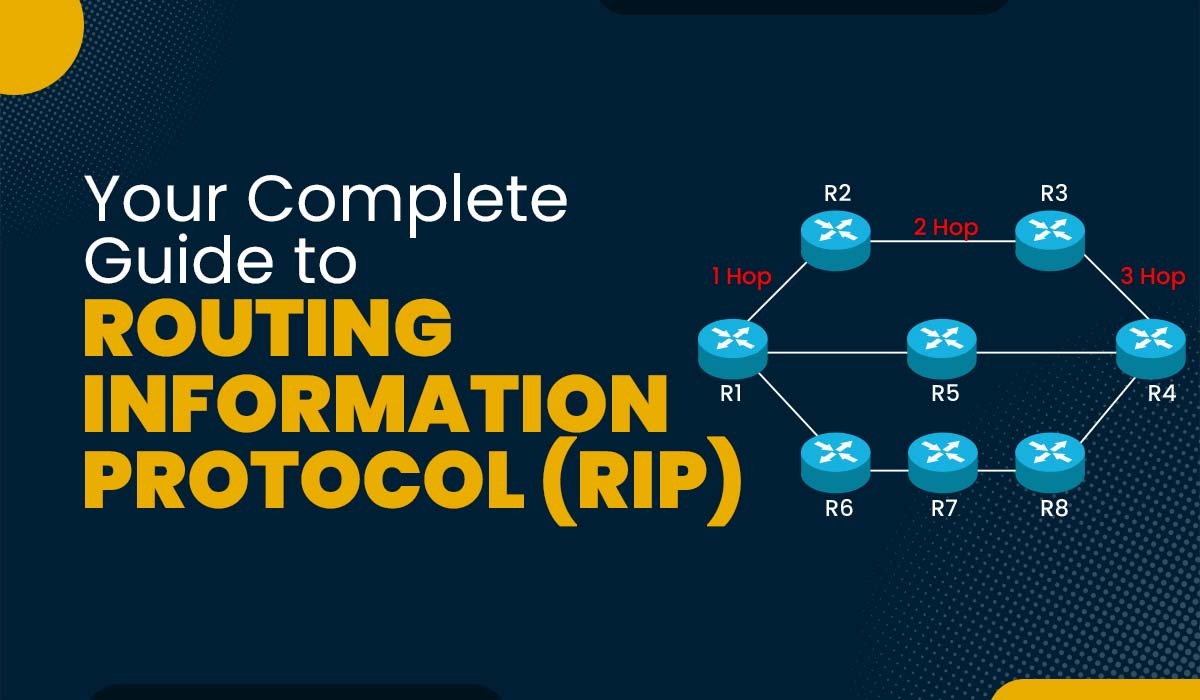
In 1981, the Routing Information Protocol (RIP) was first developed as GWINFO in the Xerox Network Systems (XNS) protocol suite for the Xerox PARC Universal Protocol. RIP, which was first described in RFC 1058 in 1988, has a reputation for being simple to set up and use on small networks.
-
What is Spanning Tree Protocol (STP) and How it works?
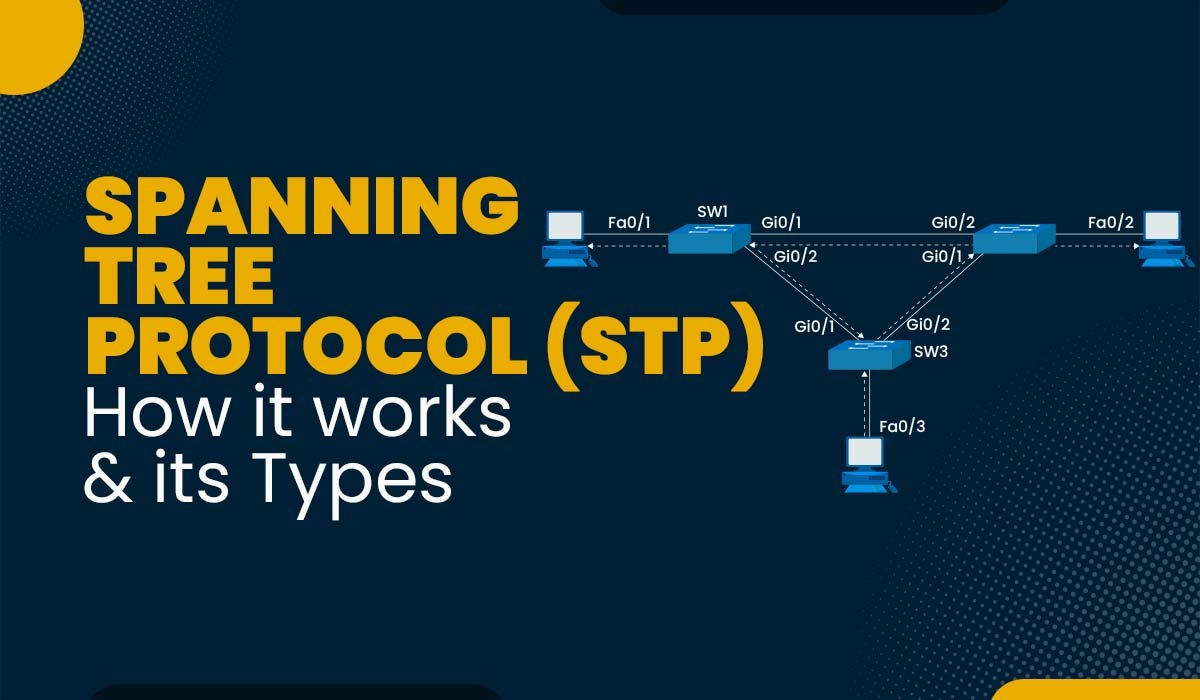
In this article, you will study the basics of spanning tree protocol, including how it works and its various types and states. So, let’s get started and understand what is Spanning Tree Protocol or STP.
-
What is DHCP DORA Process and How It Works?
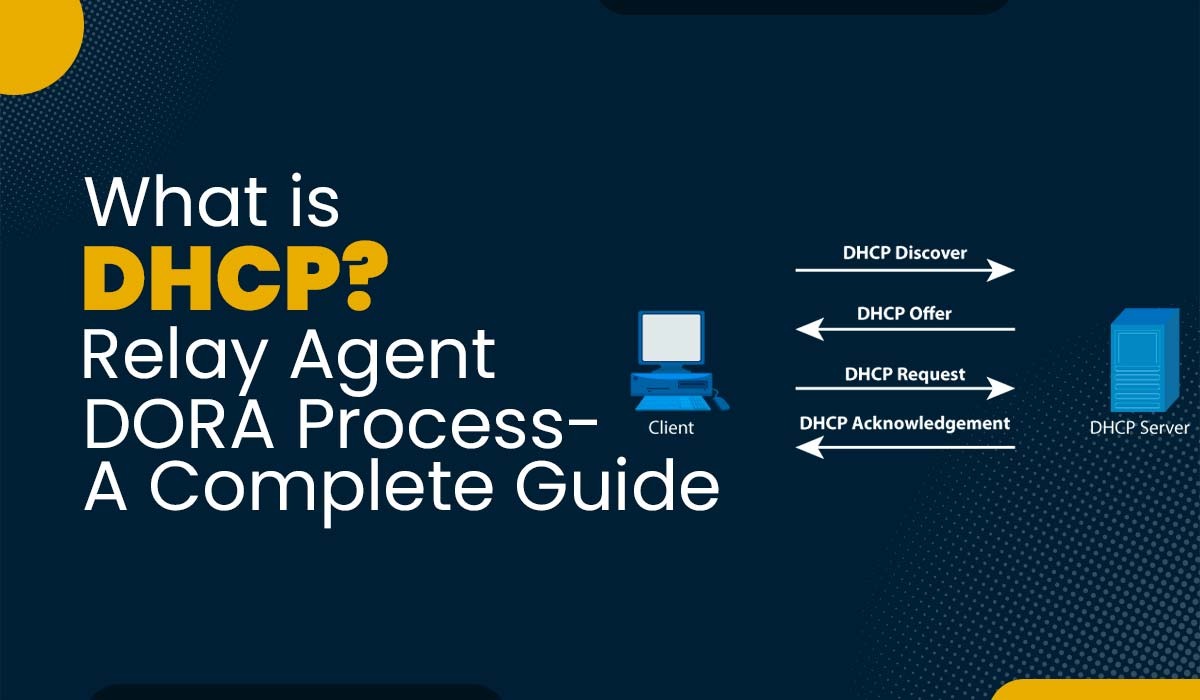
DHCP stands for Dynamic Host Configuration Protocol. It is an extremely useful protocol as, without it, it becomes necessary to manually assign IP addresses for new computers and computers that are transferred from one subnet to another. So, let’s learn what is DHCP and what are DHCP Relay agents, and what DHCP DORA Process is.
-
What is Versa SD WAN Certification?

In recent years, ‘Versa networks’ has made a name for itself in the networking domain by winning many awards for its SD-WAN and SASE services. Today, we will discuss what is Versa SD-WAN Certification and how it is different from Cisco Viptela SD-WAN. We will also look at Versa SD-WAN Certification and how it can…


